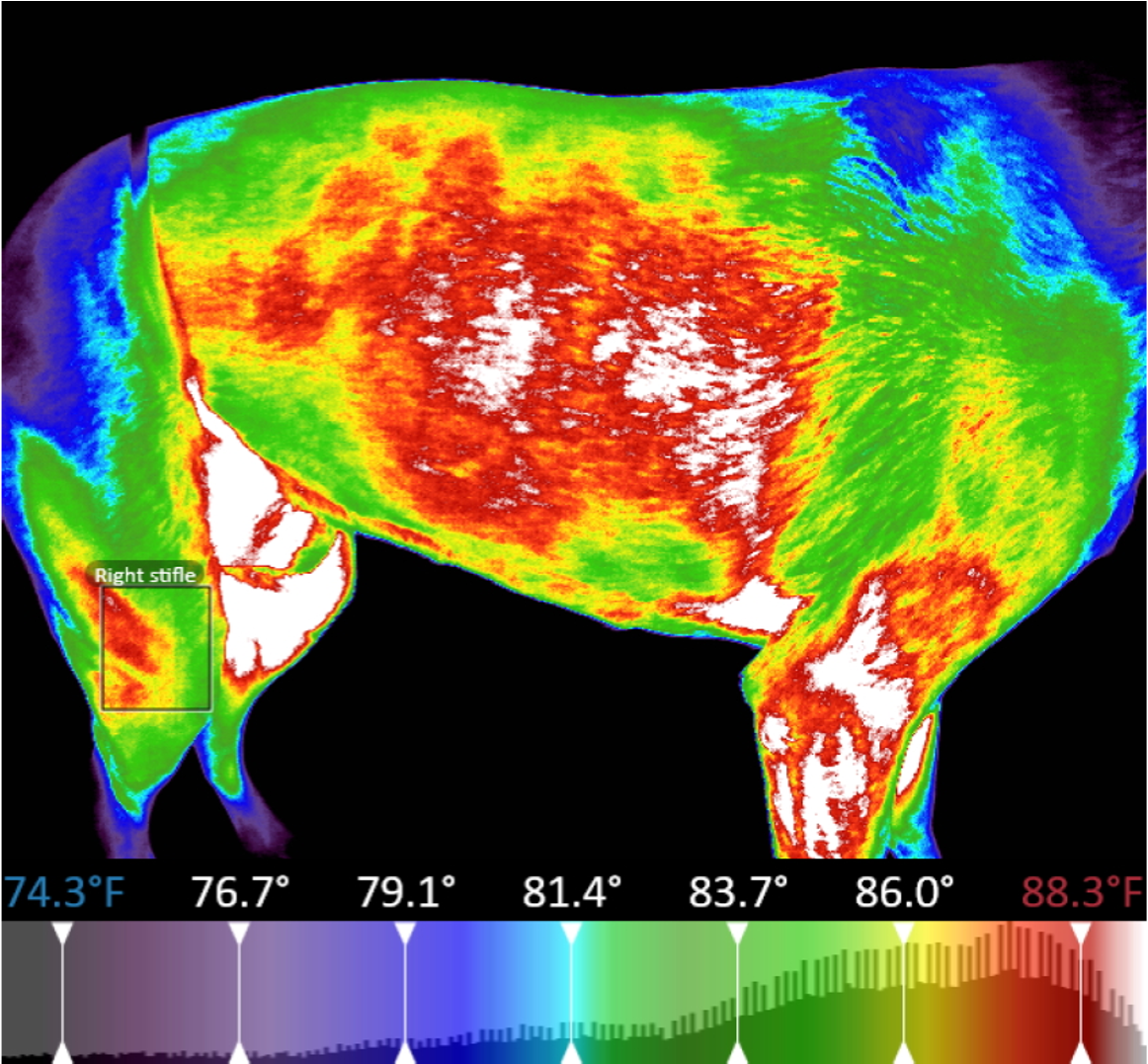Assessment of the Thermal Paw Print Symmetry of the Hind Legs in Healthy Dogs
Abstract: Our bibliographic insights have shown that although thermographic imaging in small animals has been poorly studied, the empirical use of thermographic images in dogs suggests that thermographic imaging could be a useful method in assessing walking anomalies. The study aims to identify existing thermal asymmetries between the thermal paw prints of the hind limbs in healthy dogs (right versus left).
For thermal investigations, the Flir E50 thermal camera with a resolution of 240x180, thermal sensitivity of 0.05ºC, 45ºx34ºA visual field and unbalanced microbolometer was used. Acclimatization of the animals in the space for examination was 30 minutes (at a room temperature of 20-23 ° C). The resulting images were recorded, processed and analyzed with the Flir tools 2017 software. The average, maximum and minimum temperature of each image was calculated using the program. The results obtained show that between the thermal paws marks of the posterior limbs in healthy dogs there is an average thermal asymmetry comprised between 0.2 and 1.4 o C. Our study suggested that, under controlled conditions, thermographic paws prints could be used to diagnose locomotor abnormalities in dogs.
Reference: Igna, C., Mavromatis, S., Sicoe, B., & Schuszler, L. (2018). Assessment of the Thermal Paw Print Symmetry of the Hind Legs in Healthy Dogs. “Agriculture for Life, Life for Agriculture” Conference Proceedings, 1, 445 - 448.
|
Interested in learning more about thermal imaging? Request a demonstration with Digatherm and discover how veterinary thermography can help you find problem areas faster and easily monitor treatment progress. |

